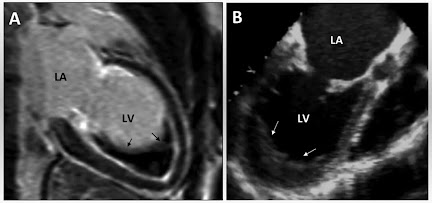ANTHRAX
Definition - It is a bacterial disease caused by Bacillus
anthracis and characterised in three clinical forms i.e. cutaneous (Hide
porters disease), intestinal and pneumonic (Wool sorter’s disease). It is
mainly considered in occupational disease.
Agents -
AGENT - Bacillus anthracis (Gram –negative)
RESERVOIR OF INFECTION - Goat, Sheep and Cattle
SOURCE OF INFECTION - Animals, their skin and dust
Host factors -
AGE - All ages are susceptible, but more common 15-45
years
SEX - Male are more affected than female
OCCUPATION - Animal handlers, Hide porters
(transporter of skin of animals) and wool sorters
Incubation Period - 4-7 days
Mode of Transmission - Direct contact with skin of animals, dust
inhalation and oral transmission by consumption of contaminated meats
Clinical features -
(a) CUTANEOUS ANTHRAX – Malignant pustule,
ulceration of skin with dark black base, painless non healing, often at the
site of cuts or wounds. Sometimes may show edema at periphery.
(b) PNEUMONIC ANTHRAX - Cough with or without
sputum, Shortness of breath and Dyspnoea.
(c) INTESTINAL ANTHRAX – Diarrhoea, Abdominal colic,
Melena and Sign of toxaemia.
Treatment - Antibiotics, Prevention, Immunization of
animals and Proper animal handling.
Similar Posts -






No comments:
Post a Comment
Please do not enter any spam link in the comment box